First off I'd like to thank Preston ( Reb ) for planning this ride out . The ride up Friday was just awesome. He's put some thought in this ride and I hope folks will come over The Memorial Weekend and enjoy this outstanding area that's made for motorcycling. Motel information ...BE SURE TO SAY YOU ARE WITH " HILLBILLY HIGHWAY " TO GET THE RATE .... All rooms are $62.00 a night tax included.
Ground Zero will be at the:
Hatfield McCoy Lodge
1066 S Mayo Trail
Pikeville, KY 41501
(606)-432-2188
We hooked up with Reb in Bulls Gap , Tennessee Friday morning and it was game on from there. We made a stop at Niggerhead Rock outside Pennington Gap , Virginia .

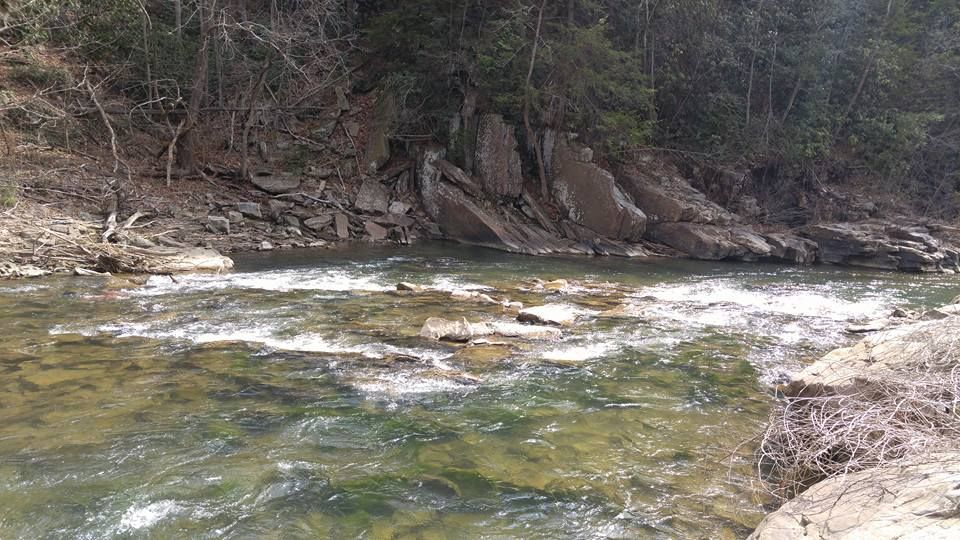
We made our way over to Kentucky crossing Black Mountain the highest point in The Blue Grass State. When we got to the top we rode the trail up to the FAA tower. Anyone friend's with me or Steve ( Rain Man ) can check out the video my friend posted on Facebook ... Steve and I both shared the video .
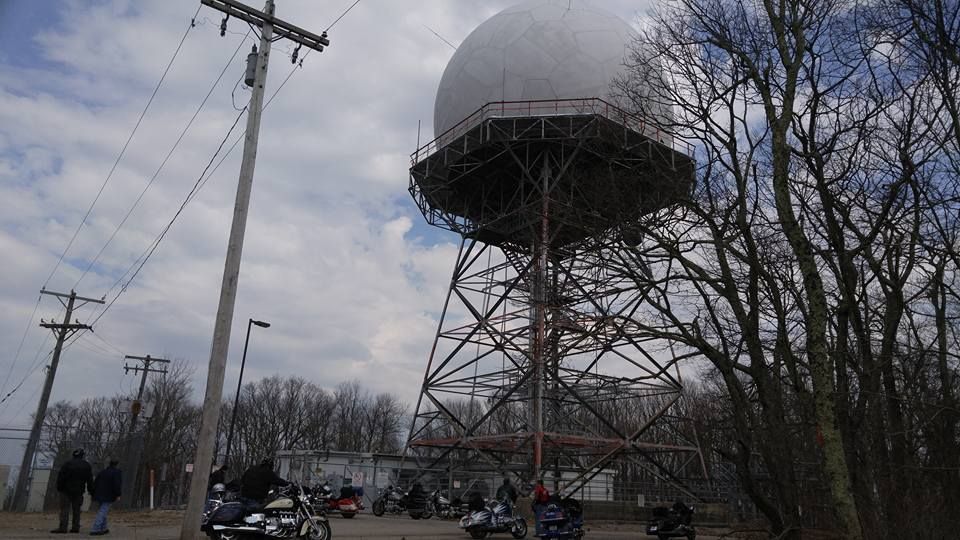
I'll just leave this picture for you to figure out . Paul ( Wimp ) bike .
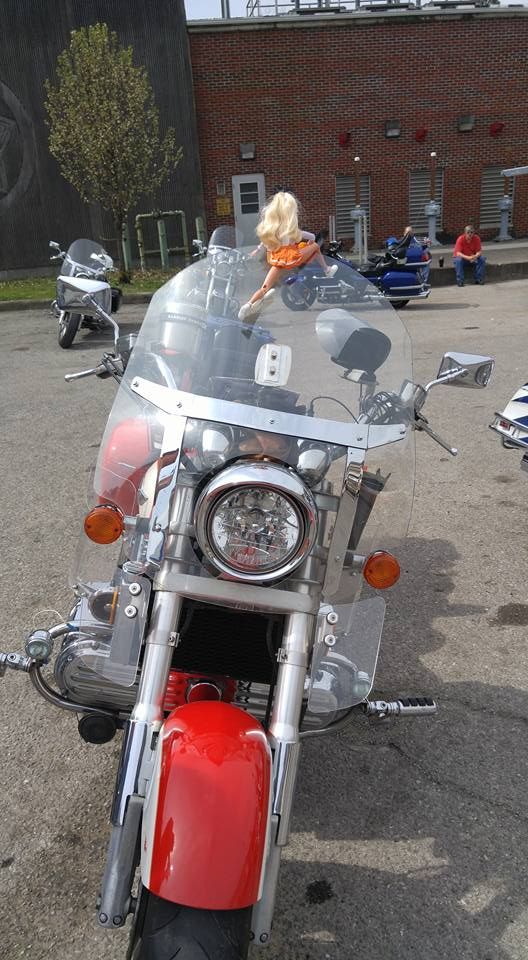
The Pound River near Pound , Virginia we found it by accident on Friday when we got " somewhat " turned around that turned into riding some awesome rural backroads.
Running through Part of Wise County Virginia, and through Dickenson County Virginia, The Pound River is a river in the state of Virginia. It runs from the North Fork Pound Reservoir to the John W. Flannagan Dam. Via the Russell Fork, the Levisa Fork, the Big Sandy River, and the Ohio River, it is part of the Mississippi River watershed.
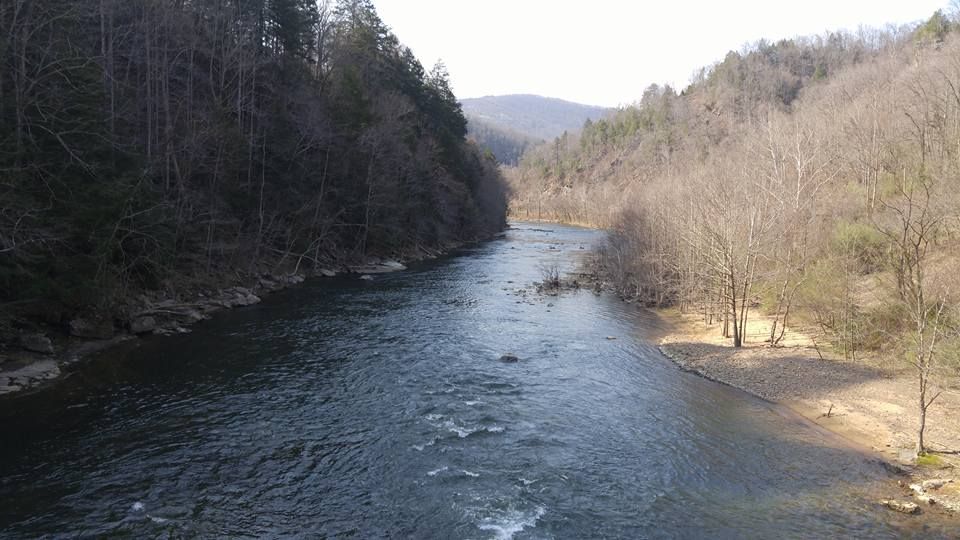
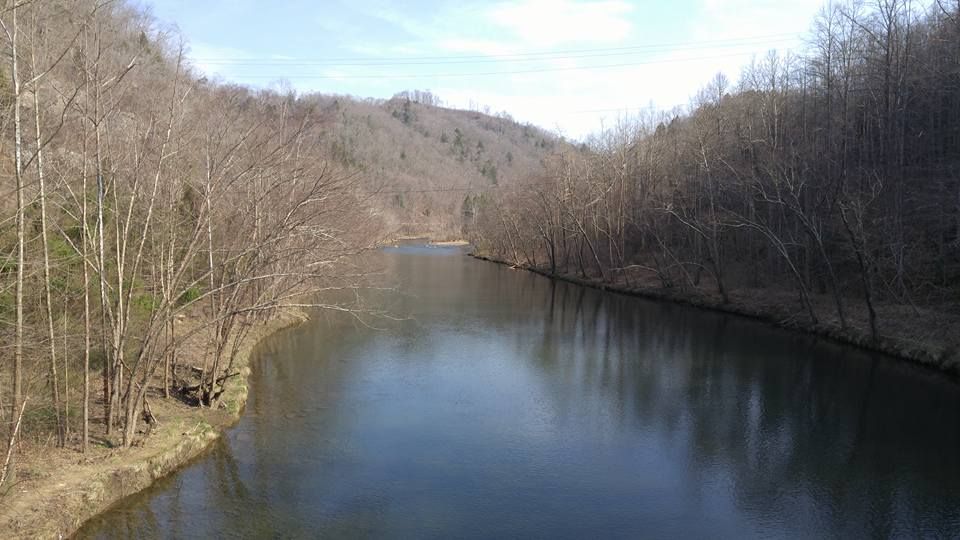
It is bordered by Virginia to the southeast, Kentucky to the southwest, Ohio to the northwest, Pennsylvania to the north (and, slightly, east), and Maryland to the northeast. West Virginia is the 9th smallest by area, is ranked 38th in population , and has the second lowest household income of the 50 United States.
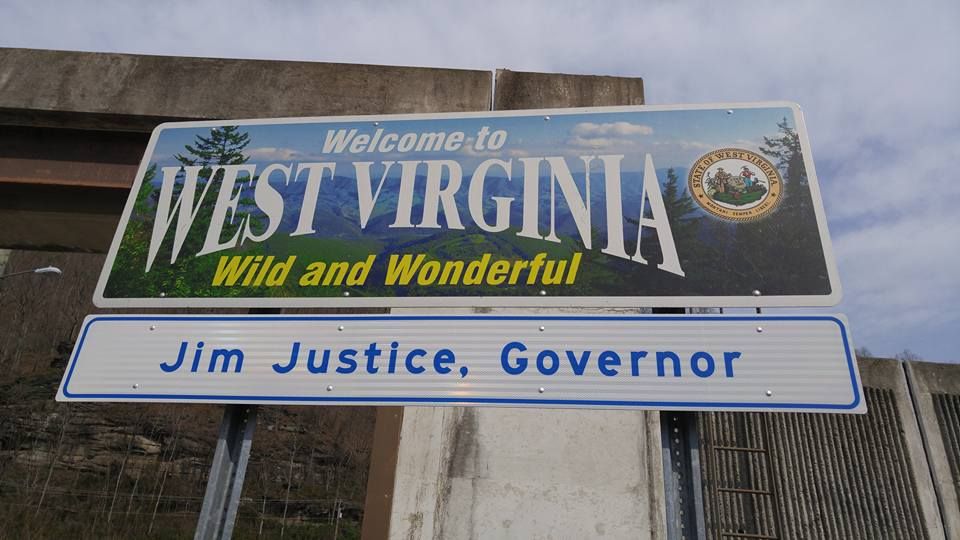
My wife was born in Williamson ,WV and lived her first two years in Matewan before moving to The Great State Of Tennessee.

The Coal House in Williamson, West Virginia is a unique building built of coal masonry. The bituminous coal was quarried as blocks and dressed as stone using 65 tons of coal from the nearby Winifrede Seam. At the time of its construction it was the only coal building in West Virginia. The house was designed by architect Hassel T. Hicks of Welch, West Virginia and supervised by David M. Goode. The coal masonry was varnished for weather-resistance. Located adjacent to the Mingo County Courthouse, it houses the Tug Valley Chamber of Commerce
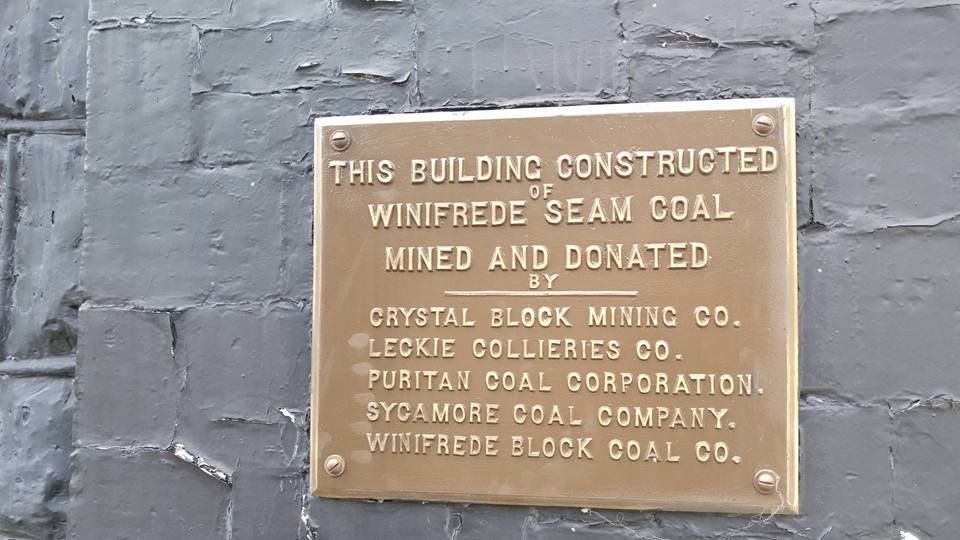
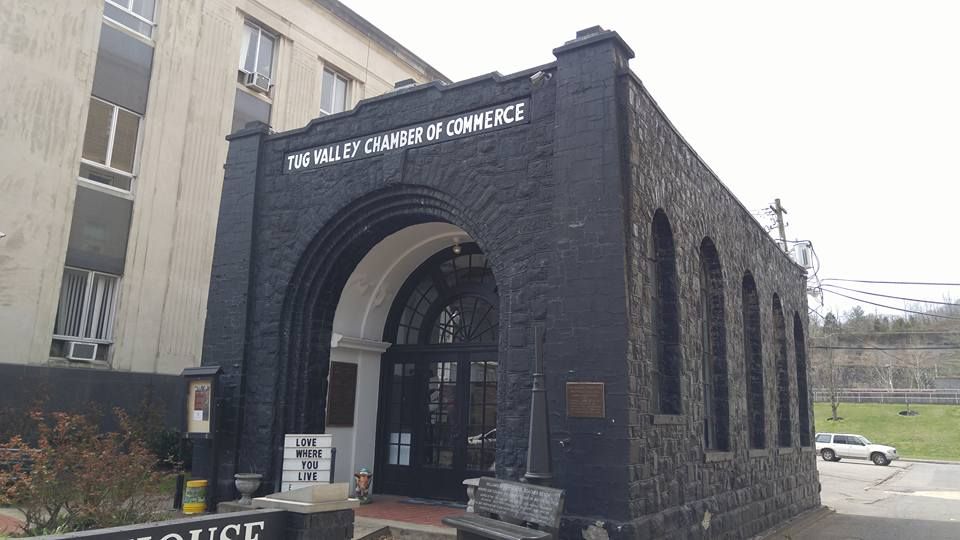
Hidden deep within the coal filled Appalachian Mountains of Southern West Virginia rests a forgotten land that is older than time itself. Its valleys are deep, its waters polluted and its terrain is as rough as the rugged men and women who have occupied these centuries old plats for thousands of years.
The region is known as “Bloody Mingo” and for decades the area has been regarded as one of the most murderous areas in all of American history.
The haunted mountains of this region have been the stage of blood baths too numerous to number, including those of the famed Hatfield’s and McCoy’s, Matewan Massacre and the Battle of Blair Mountain. Even the county’s sheriff was murdered this past spring, while eating lunch in his vehicle.
Tucked away in a dark corner of this remote area is an even greater anomaly – a town, whose primary entrance is a deserted one lane train tunnel nearly 4/5 of a mile long.
The story of this town’s unique entrance dates back nearly a century and a half ago, back to an era when coal mining in West Virginia was first becoming profitable.
For generations, the people of what is now Mingo County, West Virginia, had lived quiet and peaceable lives, enjoying the fruits of the land, living secluded within the tall and unforgiving mountains surrounding them.
All of this changed, however, with the industrial revolution, as the demand for coal soared to record highs.
Soon outside capital began flowing into “Bloody Mingo” and within a decade railroads had linked the previously isolated communities of southern West Virginia to the outside world.
The most notorious of these new railways was Norfolk & Western’s line between Lenore and Wayne County – a railroad that split through the hazardous and lawless region known as “Twelve Pole Creek.”
At the heart of Twelve Pole Creek, railroad workers forged a 3,300 foot long railroad tunnel just south of the community of Dingess.
As new mines began to open, destitute families poured into Mingo County in search of labor in the coal mines. Among the population of workers were large numbers of African-Americans.
Despising outsiders, and particularly the thought of dark skinned people moving into what had long been viewed as a region exclusively all their own, residents of Dingess, West Virginia, are said to have hid along the hillsides just outside of the tunnel’s entrance, shooting any dark skinned travelers riding aboard the train.
Though no official numbers were ever kept, a countless number of black workers are said to have been killed at the entrance and exits of this tunnel.
Norfolk & Western soon afterward abandonment the Twelve Pole line. Within months two forces of workmen began removing the tracks, ties, and accessory facilities.
Soon, silence soon reigned in the rugged mountains overlooking the area. Gone were the whistles of locomotives and the rumble of cars. Nothing but long, winding bed of cinders, a few decayed ties, several steel bridges remained.
For decades the skeletal remains of Norfolk & Western’s failed railway line stood as a silent testimony to the region’s ghostly ways.
In the early 1960’s, however, the resourceful men of the mountains commandeered the former railroad line and built upon its beds a road for motorists to travel upon.
Unfortunately, residents of this impoverished region failed to secure funding from the state’s legislature to improve the tunnel and bridges, thus today – over half a century later – residents of this community are forced to drive atop countless one lane train bridges and a nearly mile long one lane tunnel.
To the residents of this community, such a drive is just another part of their daily routine, however, for visitors unfamiliar with the thought of driving through a one lane tunnel with a fifty ton coal truck at the other end, such an experience can be a rush, to say the least.
One writer said the following of his experience driving through the Dingess Tunnel:
“Locals state that proper usage is to turn lights on, indicating that you are entering the tunnel. Drivers from the other end know not to enter if lights are on. We saw an 18 wheeler tanker go through while there, but it is a tight fit. Water drips from the top and one can barely see as it takes a while for eyes to adjust. Locals state that the roadway was dirt up until a couple of years ago and had deep holes in it. Now it is paved, but no lighting.”
https://www.facebook.com/larry.harber.1/videos/10212125031337876/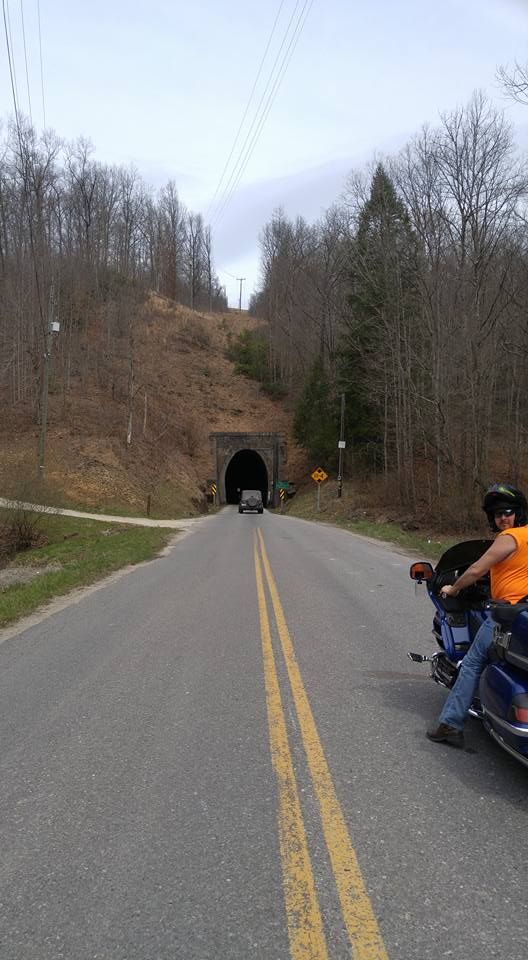
William Anderson Hatfield (September 9, 1839 – January 6, 1921)—known as Devil Anse Hatfield—was the patriarch of the Hatfield clan during the infamous Hatfield–McCoy feud which has since formed part of American folklore. Devil Anse survived the feud and agreed to end it in 1891.
Hatfield was born in East Virginia (now Logan, West Virginia), the son of Ephraim Hatfield, of English and Swedish descent, and Nancy Vance of Scotch-Irish descent. His nickname "Devil Anse" has a variety of supposed origins: it was given to him by his mother; by Randolph McCoy; earned from his bravery during battle in the American Civil War; or as contrast to his good-tempered cousin, Anderson "Preacher Anse" Hatfield.
A Southern sympathizer, Hatfield enlisted in the Confederate Army during the Civil War. He was commissioned a First Lieutenant of Cavalry in the Virginia State Line in 1862, a group made to protect the territory along the Kentucky-Virginia border where resident loyalties to the North and South were mixed. The Virginia State Line eventually disbanded in 1863 and Hatfield enlisted as a private in the newly formed 45th Battalion Virginia Infantry, before being appointed first lieutenant and later captain of Company B. His unit spent most of its time patrolling the border area against bushwhackers sympathetic to the Union as well as engaging in guerrilla warfare against Union soldiers. Devil Anse himself has been connected to battles and killings of several Union fighters, including trackers Ax and Fleming Hurley in 1863.
Devil Anse and his uncle Jim Vance would later form a Confederate guerrilla fighting unit called the "Logan Wildcats." One of the group's victims was Union General Bill France; killed in revenge for losing one of their members to France's unit. In 1865, he was suspected of having been involved in the murder of his rival Asa Harmon McCoy, who had fought for the Union Army and was waylaid by The Wildcats on his return home. Hatfield had been home ill at the time of the killing, which was probably committed at the instigation of his uncle, Jim Vance. This may have sparked the beginning of the notorious feud between the two families that claimed many lives on both sides.
Hatfield was baptized on September 23, 1911 in Island Creek by William Dyke "Uncle Dyke" Garrett and converted to Christianity (he had maintained a largely agnostic or anti-institutional view of religion prior to this conversion). He went on to found a Church of Christ congregation in West Virginia. He was an uncle of the eventual Governor of West Virginia, and United States Senator, Henry D. Hatfield.
Devil Anse was the patriarch leader during the Hatfield-McCoy feud. His family and Randolph McCoy's fought in one of the bloodiest and most well-known feuds in American history. He was instrumental during the execution of McCoy boys Tolbert, Pharmer and Bud, as well as being present during the Battle of Grapevine Creek before most of his sons and friends were arrested for the murder of the McCoys.
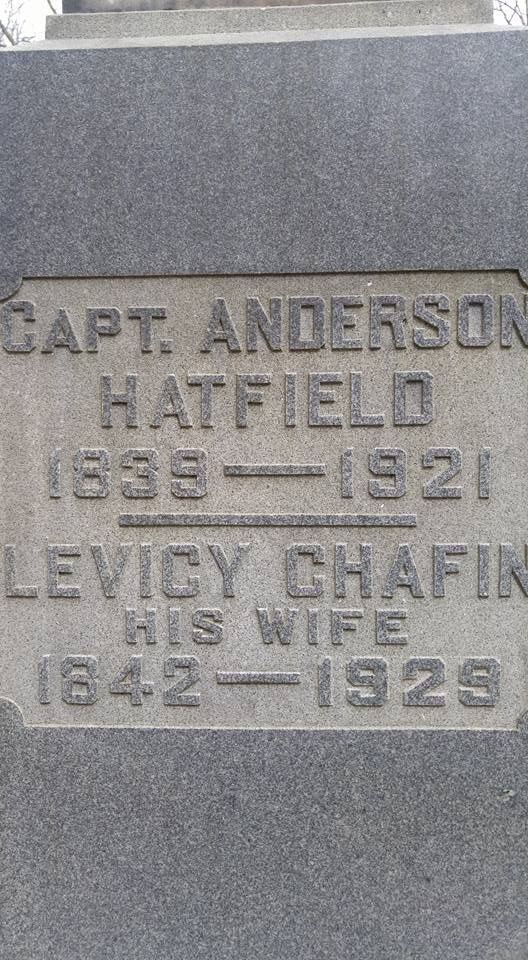


After the ride Saturday and we got back to the motel Heath and I took off in search of Randell McCoy's gravesite . We " think " we found Dils Cemetery but didn't see a sign claiming to be Dils Cemetery and we didn't locate Randall McCoy's gravesite.....
Outstanding weekend ride ... Hope folks will come out and and check out Reb's " Hillbilly Highway 3 " over the Memorial Weekend . Motel information above again be sure to say you are with the Hillbilly Highway it will save you $18.00 a night.

